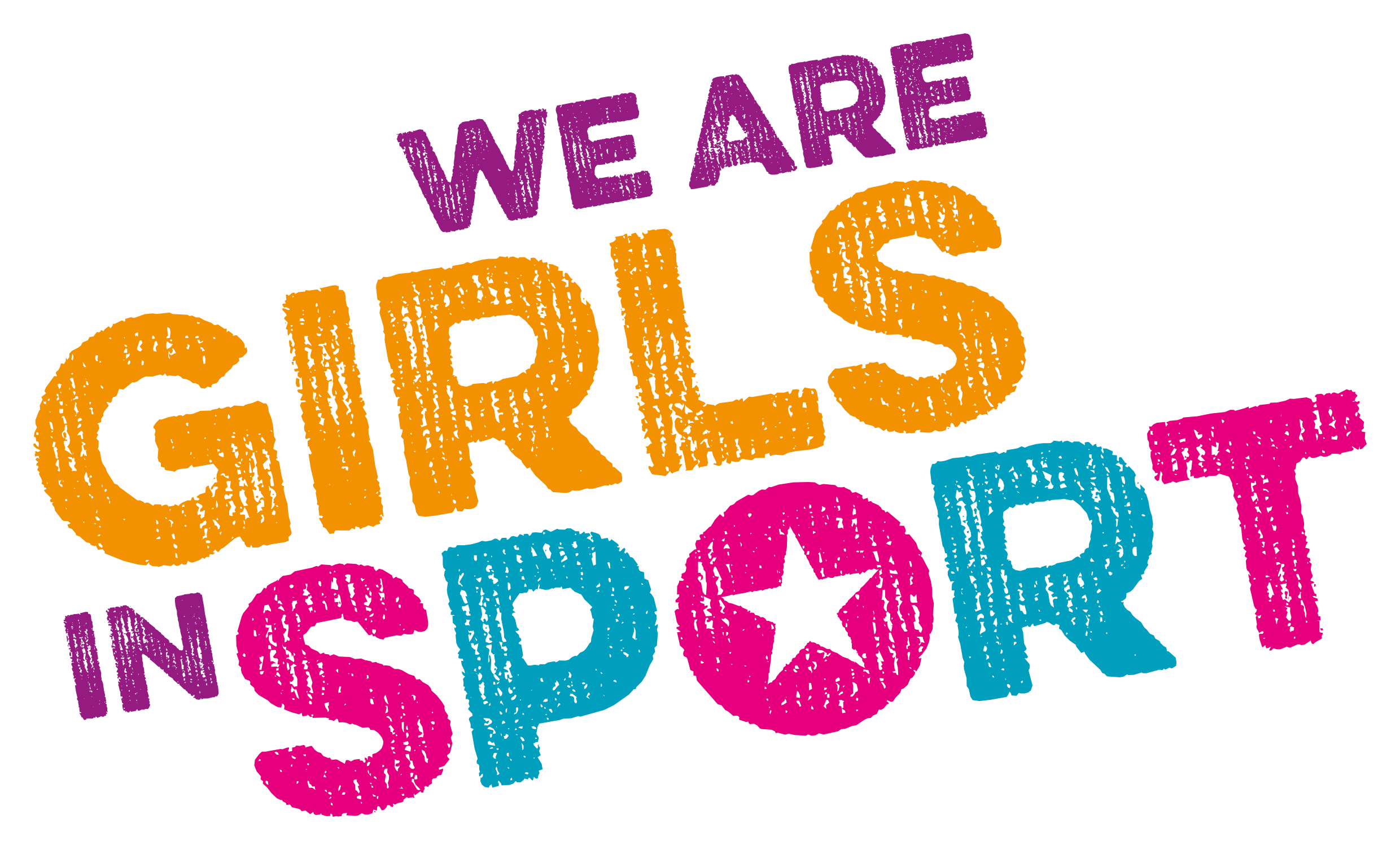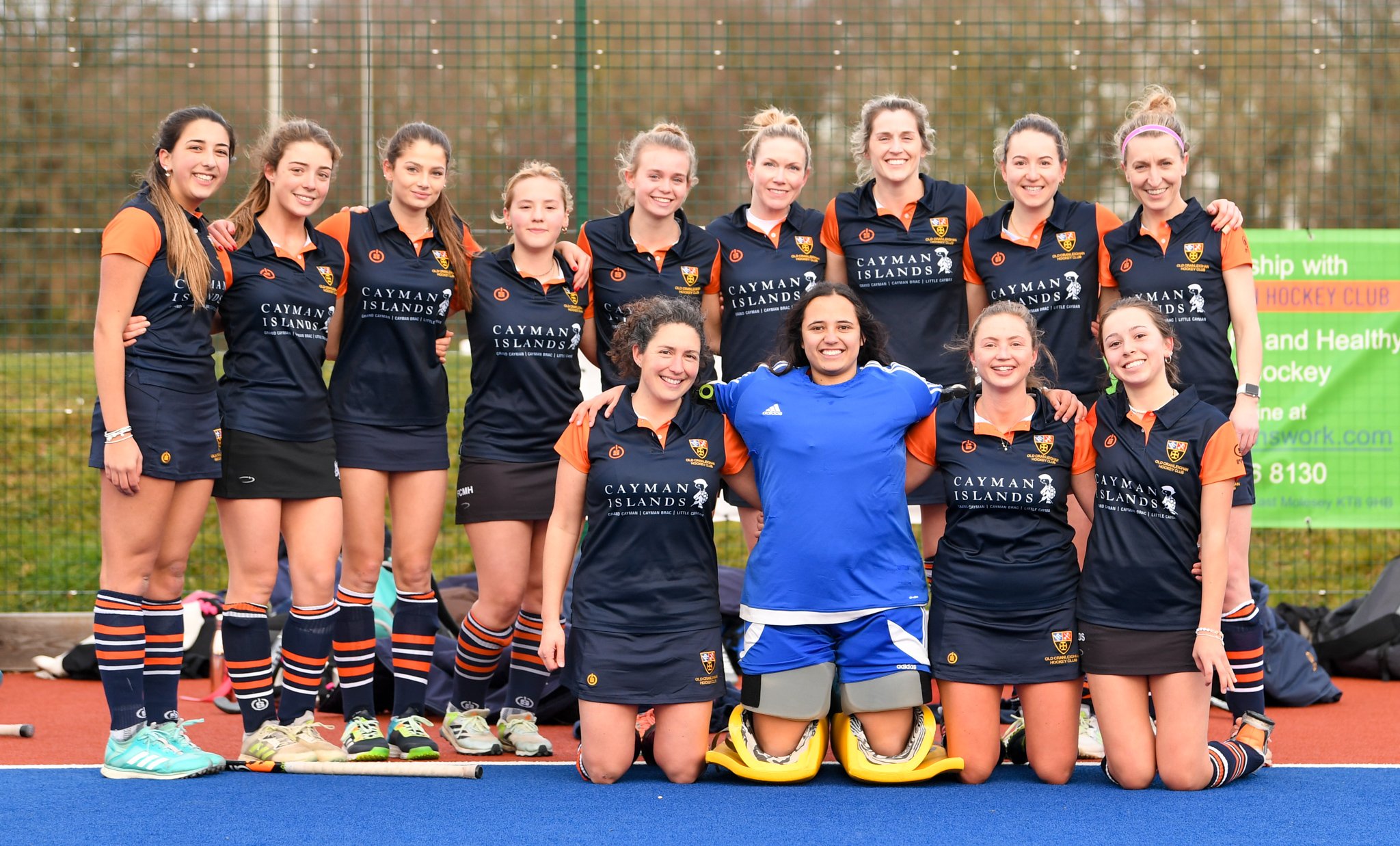Guest blog - field hockey
Huge thank you to Emma Sutton from our community who wrote this brilliant piece on hockey - the field kind! If you’ve been curious about this fast paced sport then have a read and if you play already, let us know what you love about it!
Hockey is a fast-paced, exciting game that is played all over the world. Matches can be hugely entertaining to watch, full of end-to-end action! When it comes to starting out, you can usually begin playing at age 5 and keep going right up to ‘veterans’ hockey, there really is no limit. It’s for all ages and abilities, anyone can pick up a hockey stick and learn. So, if this is a first for you and you’ve never heard of hockey before or perhaps you have and would like to know more, this post will hopefully be a good starting point for you.
History
Where did it come from? Hockey’s origins can be traced back to early civilisations. Records show versions of the game being played in Ancient Egypt and evidence suggests that the Greeks, Romans and Aztecs played something very similar.
However, the modern game was developed in England during the late 19th century. It was first played at the Olympics in 1908, with women finally joining in 1980 (can you believe that?!).
It is referred to as both field hockey and hockey however in the US and Canada it’s predominantly called field hockey as they also play ice hockey. It is played at all levels by women and men and there are many variations of leagues all over the world; from the Hoofdklasse in the Netherlands, the Vitality Premier League in the UK, the Bundesliga in Germany and the Hockey India League in India. There are also global competitions, including the Olympics and the World Cup.
What is it exactly?
That’s a good question! You play on a pitch that is usually made from Astro. You hold a stick which is made from carbon fibre and you hit or push a hard, round ball.
In one team, there will be ten players, ‘outfield’ (which means on the pitch) plus your goalkeeper. You can then have another five players as substitutes.
A match is 35 minutes each way, although premier and international hockey sees matches split into four, fifteen minutes quarters.
There are several positions to choose from, including goalkeeper, defender, midfield and forward. You wear a gumshield, shin pads and can wear a padded glove to protect your hand. The goalkeeper wears a lot more body protection (padded gloves and a helmet) and also uses a stick.
The overall aim is to move the ball between your teammates using your stick and score in the opposition’s goal. The winner at the end of the match is the team with the most goals.
Basic rules
You are only allowed to hit the ball with the flat side of your stick. To use the other, more rounded side is referred to as back-stick and is a foul.
It’s important to know that only the goalkeeper can kick the ball. If the ball hits a player’s foot during play, then a free-hit will be given to the opposite team.
Free-hits, side-lines or 16’s are points in the game where play is stopped and re-started, because of a bad tackle, the ball hitting a player’s foot, or the ball going off the back or side-line (there are many other reasons, too long to list!) The umpire will signal which team keeps possession and where the hit needs to be taken from.
The large semi-circle zone in front of the goal is referred to as the D. If you are an attacking player, this is where you want to be, as it’s the only place on the pitch where a goal can be scored from.
If the ball hits a defending players foot in this area, something called a penalty corner is given. This a great goal scoring opportunity. The attacking team sets up several players around the top of the D and the ball is pushed out from a player on the baseline. There would be four defenders in the goal along with the goalkeeper. In a perfect scenario, a goal is scored or stopped, depending on which way you look at it.
A penalty stroke is given if a defending player stops a goal or a scoring opportunity with their feet or body on the goal line, or if a very bad foul or tackle is made in the D.
Of course, there are many more rules to learn but these are some to get you started. You can then move onto skills like the Indian Dribble, the reverse hit (also known as a tomahawk or backhand) spins, dummy passes, the drag flick and so much more. You are always learning in hockey!
Why is it good for girls?
I have been playing for thirteen years at my club Old Cranleighan, and there are many benefits that hockey gives me. There is the obvious one of fitness but also friendship, a sense of belonging and community. Now watching (and coaching) my nine-year-old daughter, I see the positives for her too. She is learning new skills, teamwork, she is making friends that are not just from her school and she is growing in confidence and ability. She is also learning to deal with the disappointment of losing games and the obvious fun of winning too. I asked her what she liked about hockey, and she told me, ‘I love it because it’s fun and is a good activity. It makes me feel happy when I score goals. It’s a great game for girls to play.’
Thanks to Martin Williamson for these photos.



